VERA CRUZ meets THE WILD BUNCH meets THE GETAWAY
BORDER RIVER (1954), an 80-minute Technicolor western from Universal Pictures starring Joel McCrea, Yvonne De Carlo and Pedro Armendariz, preceded all three action classics referenced above, yet has elements found in each. It offers a tale of Americans in Mexico caught up in the war between Emperor Maximilian and revolutionary leader Benito Juarez in 1865, foreshadowing Robert Aldrich’s VERA CRUZ, released much later in 1954 and following a group of American mercenaries in 1868, led by Gary Cooper and Burt Lancaster, pictured below, working for Maximilian who are eventually forced to switch sides.
In Sam Peckinpah’s THE WILD BUNCH (1969), pictured below, General Mapache (Emilio Fernandez), a rogue Mexican general fighting the rebel army of Pancho Villa, hires a band of American outlaws to steal weapons from a U.S. army train and pays them in gold.
In BORDER RIVER, the roles are reversed and McCrea plays a Confederate officer who has stolen $2 million in Union Army gold to buy rifles from this film’s version of Mapache, General Eduardo Calleja (Armendariz), to use against the Union Army in the waning days of the Civil War. It turns out that the rifles were initially stolen from the Union Army—perhaps by a younger version of the Wild Bunch?
Also, General Calleja has a Russian adviser, Baron Von Hollden, played by Russian-born Ivan Triesault, seen with McCrea:
In THE WILD BUNCH, Mapache had German advisers, played by Jorge Rado and Fernando Wagner:

Finally, in Jim Thompson’s original novel, The Getaway, the characters of Doc McCoy and his wife Carol escape with the loot from a bank robbery in Texas to a hideaway in Mexico that serves as a sanctuary for outlaws as long as they can pay handsomely for the protection provided by sinister figure El Rey. In BORDER RIVER, the action takes place in “Zona Libre,” aka Free Zone, a haven for outlaws and deserters run by General Calleja, who demands payment for his services, and is targeted by both Juarez and Maximilian. Here, General Calleja is seen rooting out a Juarista agent:
Since Thompson’s novel was published in 1958, four years after this movie, I’m wondering if he had seen BORDER RIVER and gotten the idea from it. Peckinpah’s film version of THE GETAWAY (1972), starring Steve McQueen and Ali McGraw, omitted Thompson’s final act set in Mexico and simply ends with them driving across the border from Texas into Mexico with the proceeds of the bank robbery.
McCrea, the star of BORDER RIVER, would go on to star in Sam Peckinpah’s second feature, RIDE THE HIGH COUNTRY (1962), and is seen here with Randolph Scott (on the left):
Aside from the leading female role of Carmelita, played by Yvonne De Carlo, all of the Mexicans in BORDER RIVER are played by actual Mexican and Hispanic actors. A tally of the cast members’ birthplaces on IMDB reveals that all but one were Mexican, including Armendariz, Alfonso Bedoya, George J. Lewis, and Nacho Galindo, and one was born in Spain, Martin Garralaga. And most have substantial parts as well, with Bedoya (the one who utters the famous line, “We don’t need no stinking badges,” in John Huston’s TREASURE OF SIERRA MADRE, 1948) having the biggest part I’ve ever seen him in. But it’s Armendariz’s show all the way as he commands the action and calls the shots in Zona Libre and is most eager to acquire McCrea’s $2 million in gold, even if it becomes absolutely necessary to actually deliver the supplies McCrea wants. However, he grows increasingly irritated as Carmelita, his unofficial girlfriend, is slowly drawn to the tall American, one of the only men in town willing to stand up to Calleja. Still, Armendariz maintains the upper hand throughout most of the film, even as Baron Von Hollden tries to make a deal with McCrea and cut out Calleja, which ends badly for the Russian. Pictured below: Armendariz with Yvonne De Carlo (first two pictures) and Alfonso Bedoya as Captain Vargas:
In one clever scene, where McCrea’s character, Major Clete Mattson, is introduced to Calleja, Mattson is impressed with how much Calleja knows about the gold robbery and Mattson’s flight into Mexico. Calleja attributes this to his extensive “intelligence service.” After Mattson leaves his office, Calleja laughs and pulls out the latest issue of an Austin, Texas newspaper which told the whole story on the front page! (Similarly, the efforts of Doc and Carol to flee in THE GETAWAY are hampered by front page stories plastering their picture everywhere.)
Armendariz had a substantial film career in both Hollywood and Mexico from 1935 until his suicide by gunshot in 1963 right after finishing his role—in great pain from cancer, although he doesn’t show it—as the head of the Turkish Secret Service in the second James Bond film, FROM RUSSIA WITH LOVE (pictured below with Sean Connery). It was later learned that Armendariz had been exposed to radioactive fallout in Utah when he had shot THE CONQUEROR (1956) there in 1955. Many cast and crew members from the film would also die of cancer in the years afterward, including stars John Wayne, Susan Hayward and Agnes Moorehead and director Dick Powell.
Back in Zona Libre, there are other Americans in town, more than one of whom have their own hidden agendas, including Howard Petrie, pictured below, who is shadowing McCrea’s every move, although we don’t know why till much later in the film. Other such characters are played by Lane Chandler and George Wallace.
The plot of BORDER RIVER features lots of double-crosses and betrayals, some by the hero himself, and lots of trips back and forth from Zona Libre to the site of the gold stash near the Rio Grande. Carmelita (De Carlo), whose father and brother had died fighting in the Mexican War against the U.S., is tied to Calleja, who has given her security, modest wealth and position in Zona Libre and is deeply in love with her, but she vacillates in her affections for Mattson, whose life she saved in the very first scene of the film and whose life she saves again much later. She’s an interesting character, conflicted but with much in the way of inner resource, and De Carlo was very good in these parts, which were plentiful for her during her years as a contract actress at Universal Pictures, a period that lasted from FRONTIER GAL (1945) to her last film for the studio, RAW EDGE (1956), many of them westerns.
Much of the film is shot on location along the Colorado River in Moab, Utah. The rock formations in the background look a lot like Monument Valley to me, but IMDB does not list Monument Valley as a location. In any event, the film is beautifully shot in Technicolor by Irving Glassberg. According to IMDB, this was the last film shot in the glorious three-strip Technicolor process, which had first been used in 1932 for the Walt Disney Silly Symphony cartoon, “Flowers and Trees.”
BORDER RIVER was directed by George Sherman, an old hand at this kind of film who made over 100 western movies from 1937 to 1971. In his hands, the film looks sharp, moves quickly and is populated with cast members who know how to do these roles efficiently and with color and vigor. The script is just one of dozens of assembly-line western scripts turned out in the 1950s, but it has enough plot twists and bursts of action to please any western fan and the cast and crew give it their all. And it may have planted the seeds that would later sprout in more spectacular productions.
I watched the film on Encore Western On Demand, a good source of westerns from the 1940s, ‘50s and ‘60s. I would buy a DVD box set of Joel McCrea’s Universal westerns if such a set ever became available.
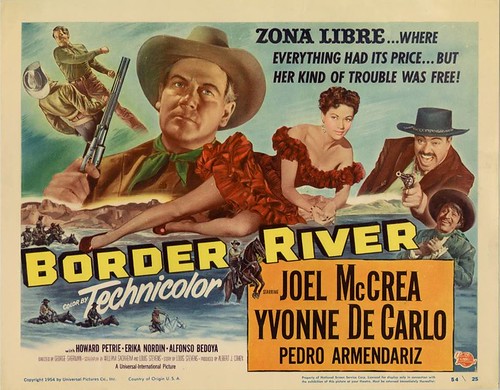
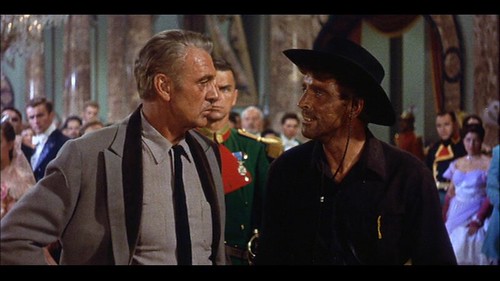


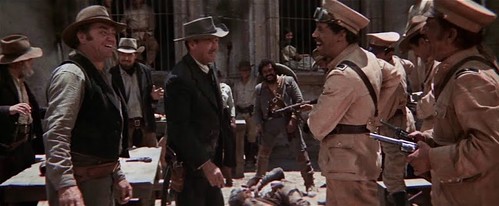

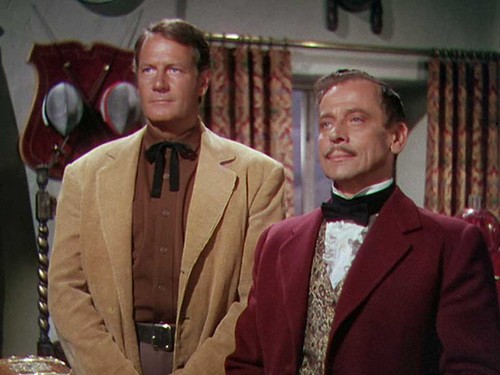
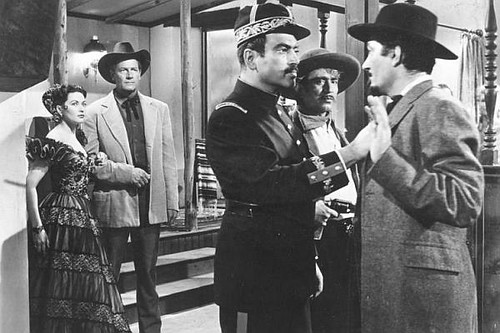
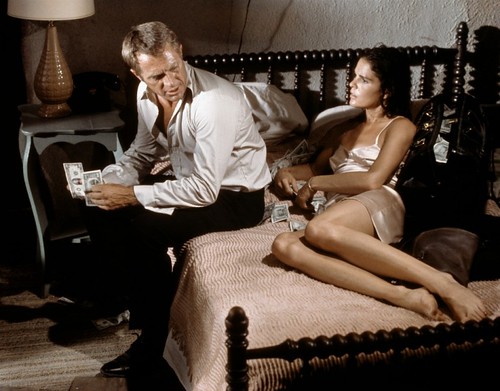
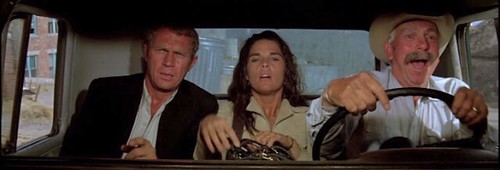



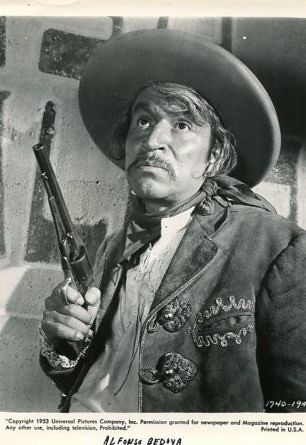
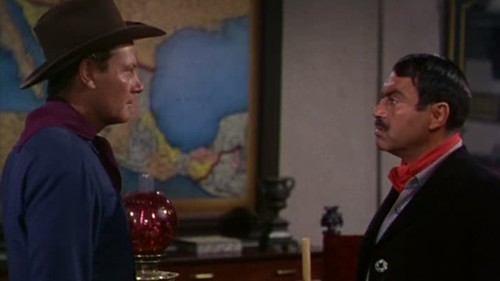

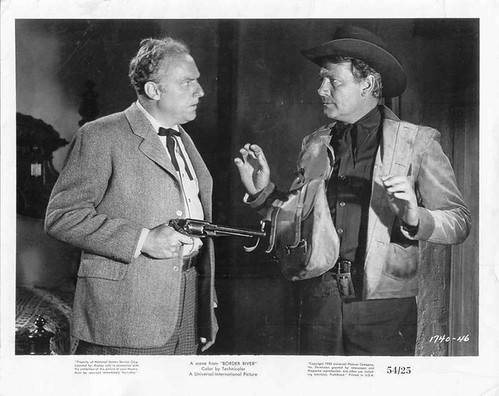




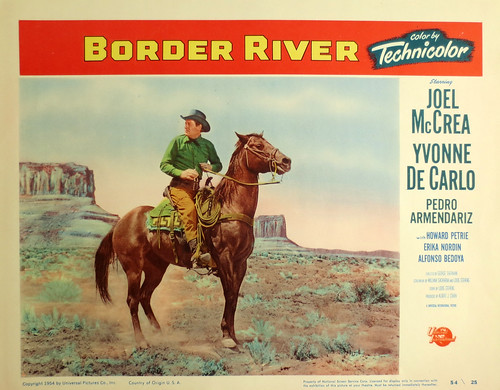

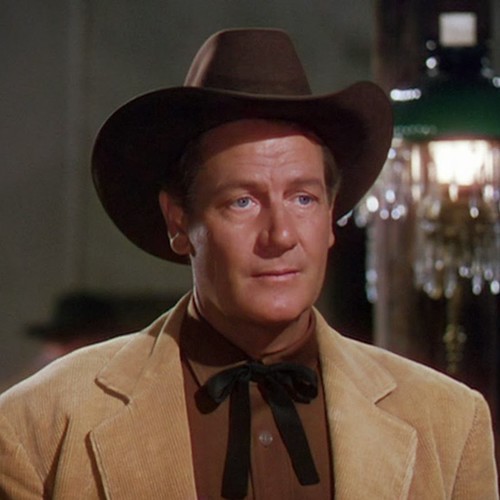
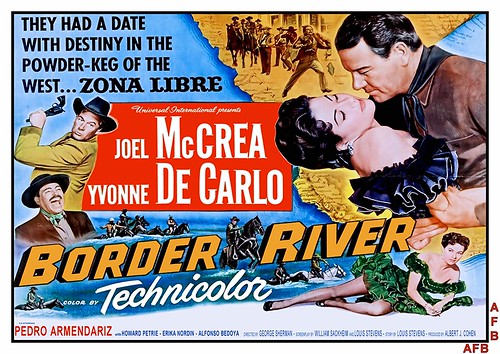
Leave a comment